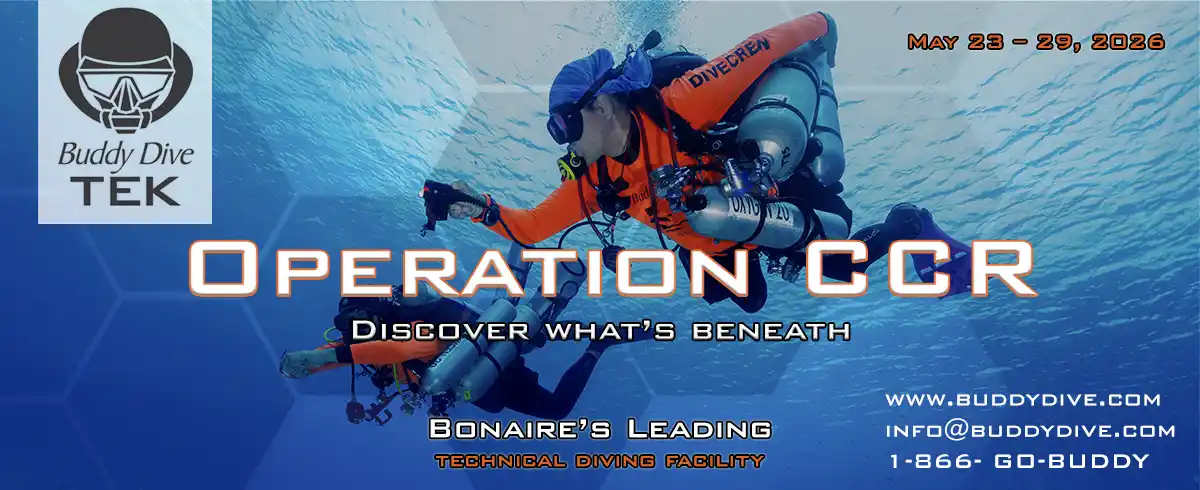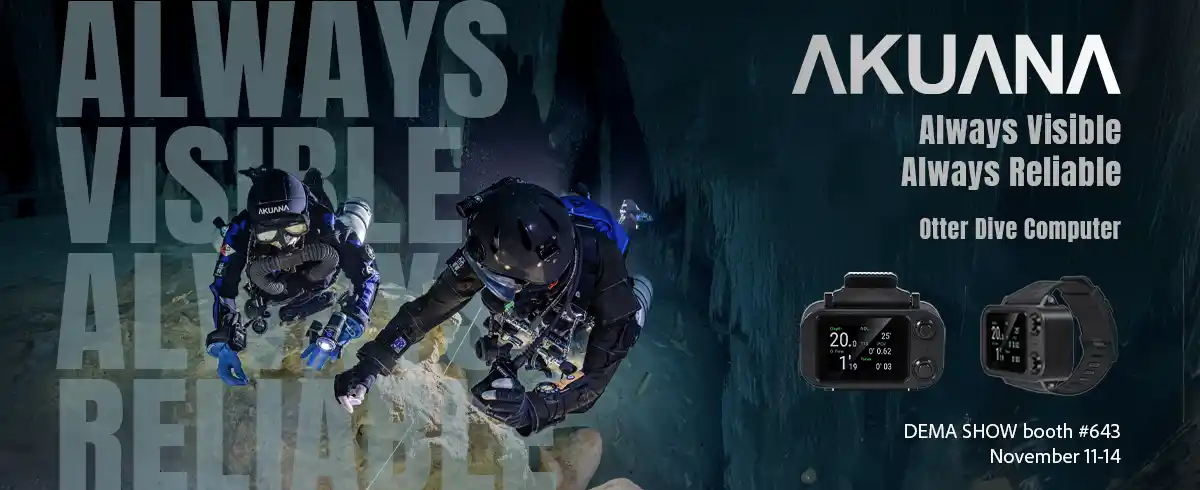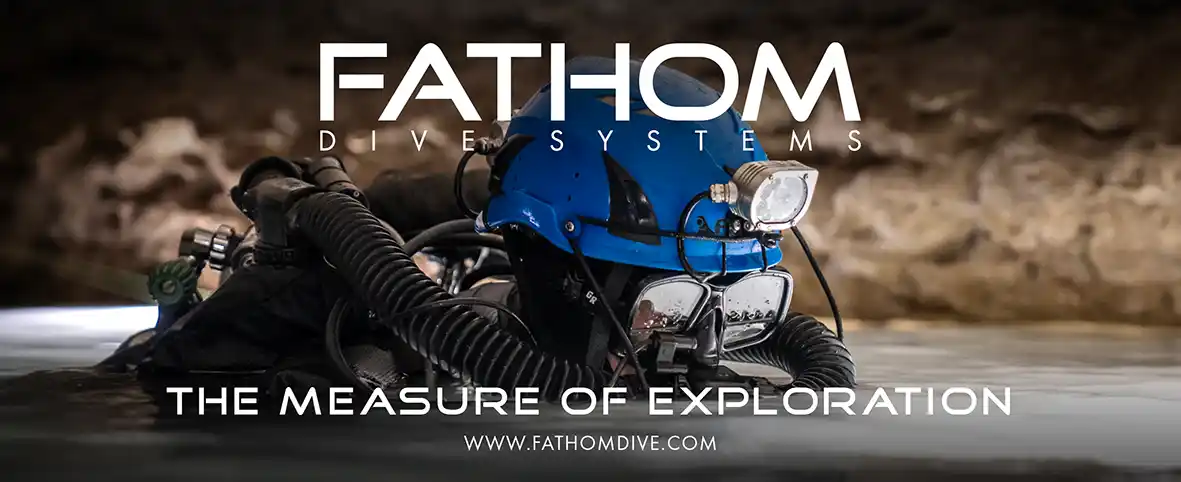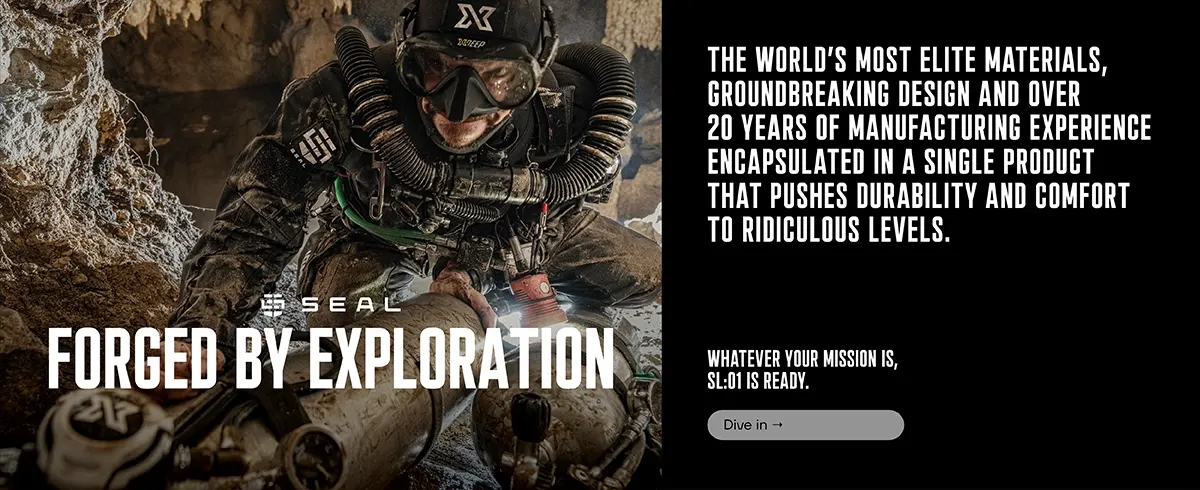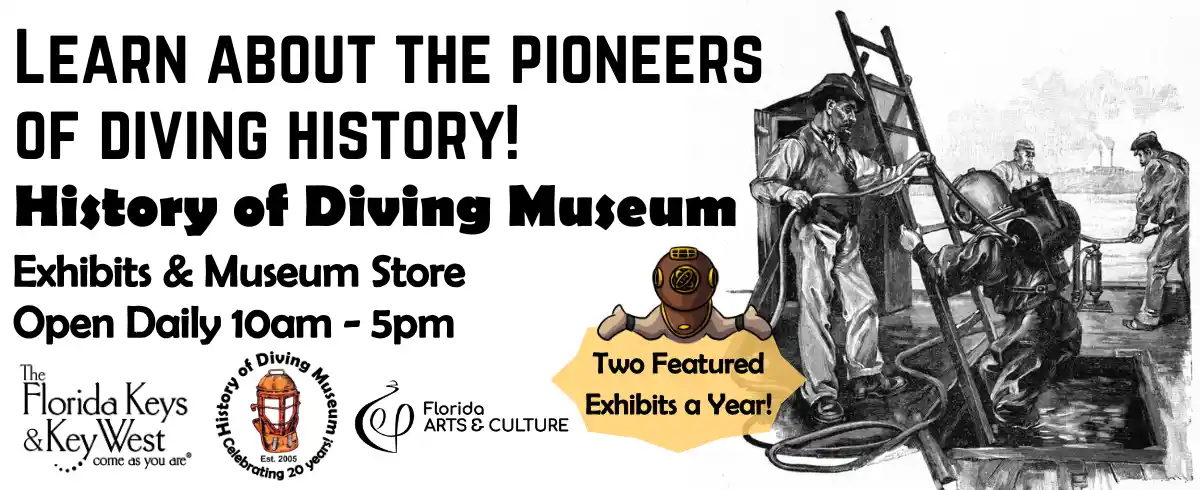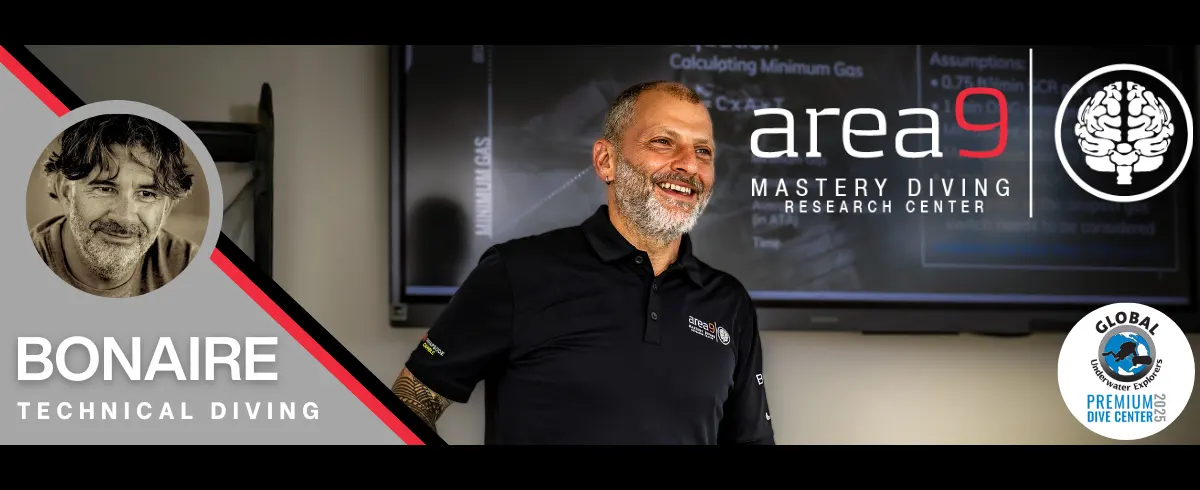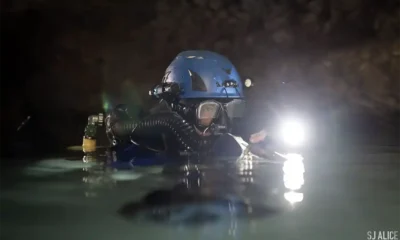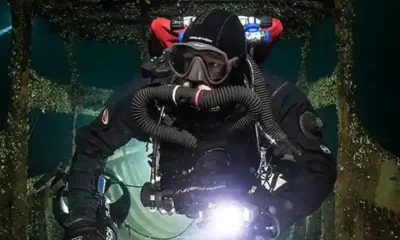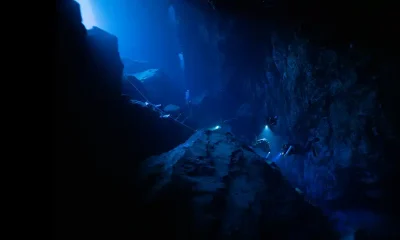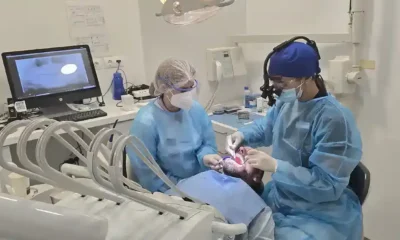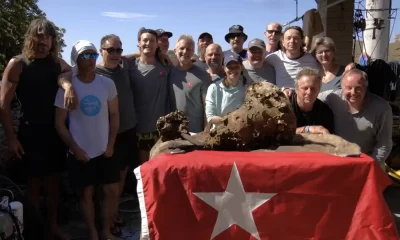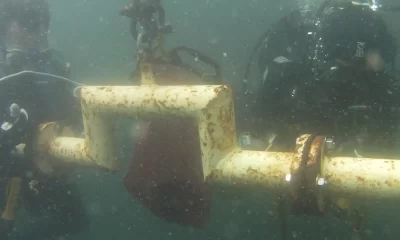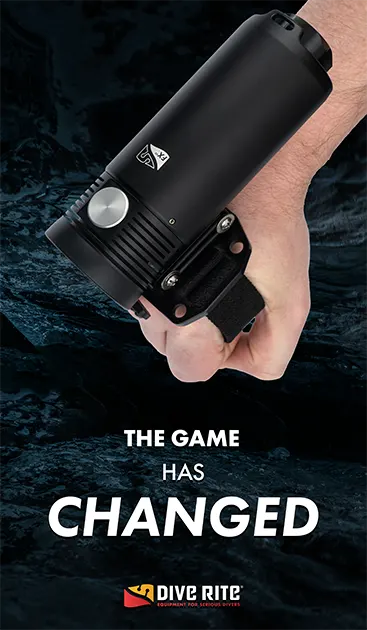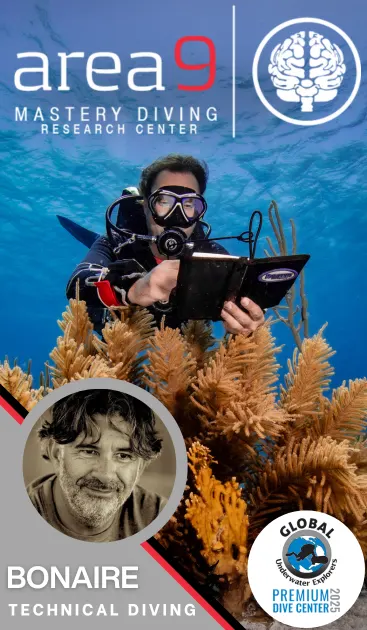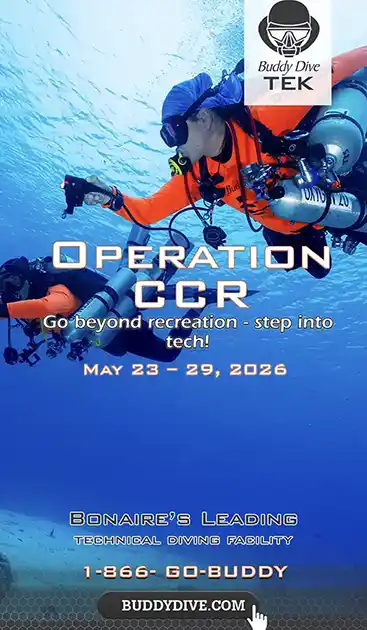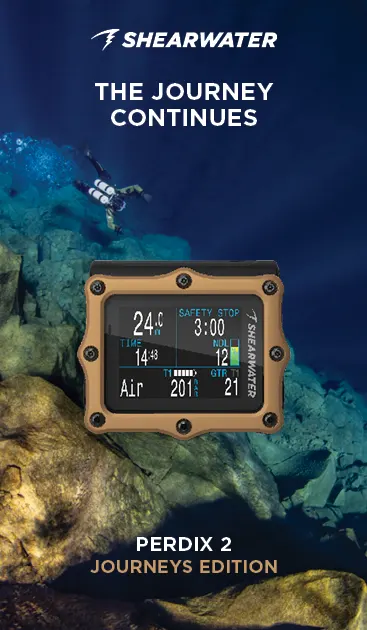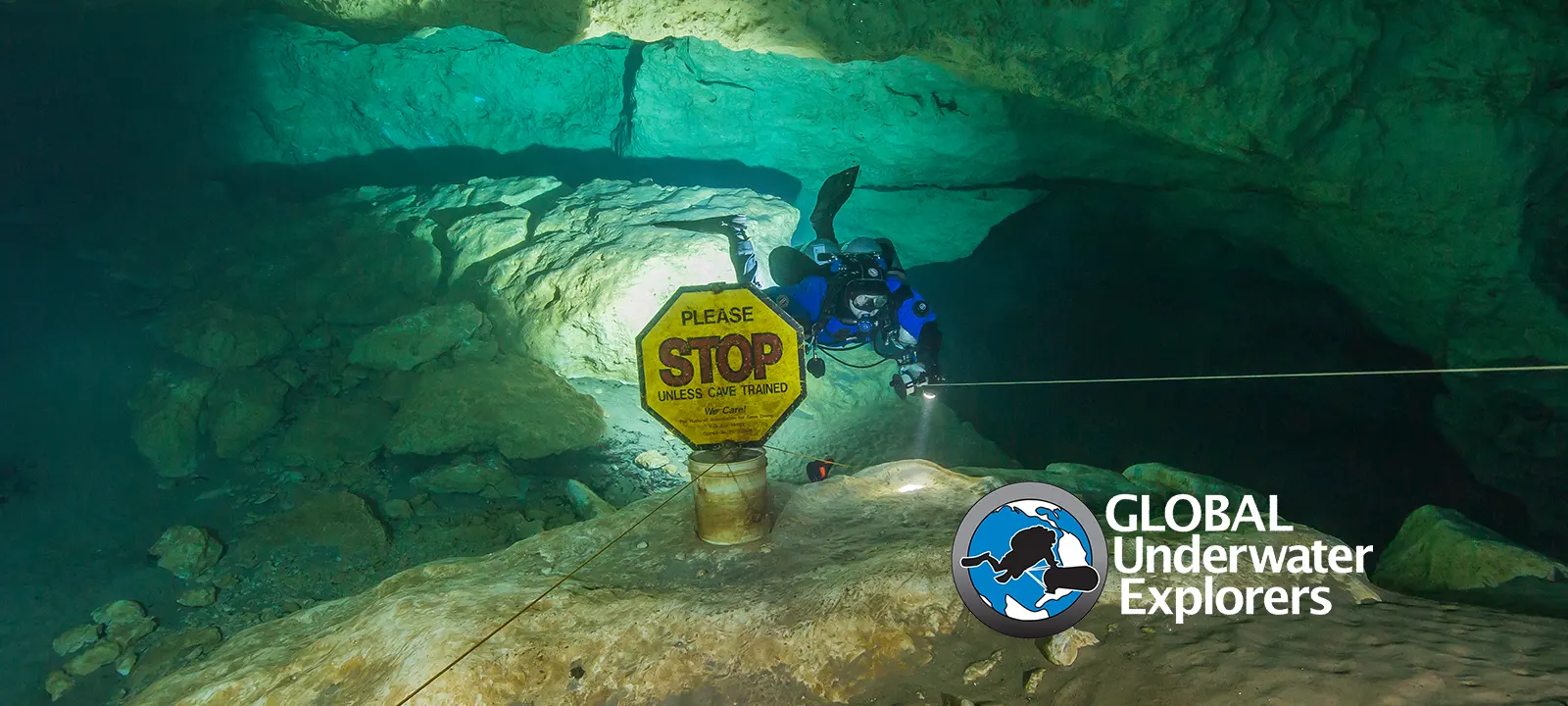
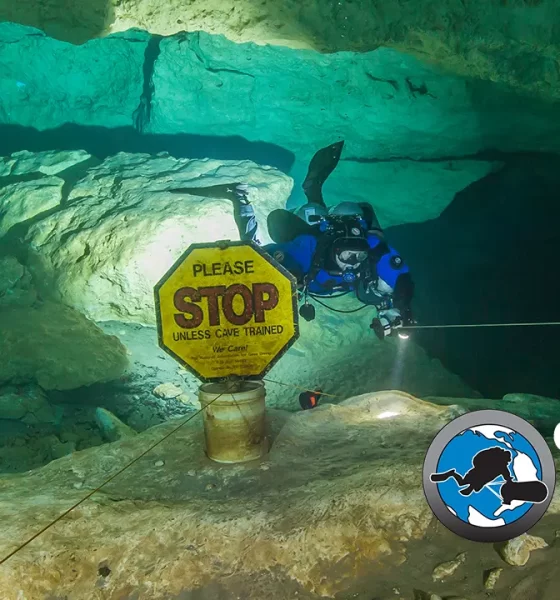
Diving Safety
An Analysis of Cave Diving Accidents
In 1979, legendary cave explorer Sheck Exley undertook a systematic analysis of the causes of cave diving fatalities. The results published in “Basic Cave Diving: A Blueprint for Survival,” identified the primary risks of cave diving and guided the development of today’s procedures. However, his analysis neglected to account for the relevance of contributing factors. Here, in text taken from the GUE publication, “Deep Into Cave Diving,” the authors review Exley’s work from today’s perspective, and offer appropriate updates.
Text from the GUE publication “Deep Into Cave Diving,” with contributions from Kirill Egorov, Jarrod Jablonski, Daniel Riordan, Fred Devos, Todd Kincaid, & Chris Le Maillot. Photos Kirill Egorov
Caves possess a mystical quality that inspires both curiosity and fear. For average people, the prospect of entering a cave, let alone a water-filled cave, probably feels like a less-than-reasonable pursuit. As a result, over the years, the general public has looked upon cave diving with some degree of misgiving; in fact, many see it as a risk they are unwilling to take.
Undeniably, past fatalities have helped stigmatize cave diving. However, an interesting—and, in many ways, positive—aspect is that the risk one faces when cave diving is identifiable, relatively predictable, and, therefore, manageable.
In his 1979 handbook Basic Cave Diving: A Blueprint for Survival, cave explorer Sheck Exley undertook a systematic analysis of the causes of cave diving fatalities. Relying on an examination of previous fatalities, Exley’s analysis sought to outline the primary risks of cave diving. Even today, this analysis plays an important role in the evolution of cave diving procedures. In his analysis, Exley observed that cave diving fatalities could be grouped into three categories (or causes):
• Failure to maintain a continuous guideline
• Failure to reserve two-thirds of available gas for exiting
• Diving deep in caves
Exley’s initial categories managed to delineate the main causes of most cave diving fatalities but failed to account for the relevance of contributing factors. In 1984, inadequate training and insufficient lighting were recognized as significant and contributory causes of cave fatalities; these were added to Exley’s list. Each of these categories outlined an area of substantially elevated risk and, as a group, is commonly referred to as the five rules of accident analysis. Today, these components remain at the core of all overhead dive training.

Continuous guideline
Failure to maintain a single, continuous guideline to the open water is one of the most common, direct causes of fatalities in the cave environment. Though most cave diving sites seem benign—characterized by crystal-clear water and serene surroundings—looks can be deceiving. Disturbed sediments can quickly reduce visibility and greatly compromise the ability of dive teams that have failed to install a continuous guideline to the open water to safely exit the overhead. However, if a dive team has installed a guideline, even a complete loss of visibility can be effectively managed. Under such conditions, all a dive team would have to do is follow the guideline to the open water basin, whereupon they would make a safe ascent to the surface.
Many open water divers have little or no experience running a guideline; many have never even seen a cave diving reel. Any divers tempted to enter an overhead without a guideline would do well to remember that they are intentionally placing themselves in harm’s way by dramatically increasing the risks of their dive. Every year, divers lose their lives by failing to run a guideline. The most tragic aspect of this loss is that it is totally unnecessary. Running a guideline is very simple and, given what it guarantees, it is a task well worth the effort.
To take advantage of the safety margins offered by a guideline, divers should practice with a reel and seek to cultivate a number of valuable techniques. With a little persistence, divers can easily overcome their initial difficulties and significantly enhance the safety of not only themselves but their team members as well.
Two-thirds rule
Diving in an overhead environment requires that divers maintain a sufficient volume of gas that enables them to exit from their farthest point of penetration. Furthermore, in the event of a catastrophic gas loss, divers must ensure that they have sufficient gas reserves to supply a team member with the gas needed to exit the overhead. Ignoring this policy is another reason for overhead fatalities.
Cave divers instituted the “rule of thirds” to meet these requirements: one-third for penetration, one-third for exiting, and one-third for emergencies. Under this rule, divers penetrate into an overhead area while using no more than one-third of their available gas supply. The first team member to reach the one-third limit terminates the dive. During the exit, divers may then exhaust another one-third of their available volume. This form of gas management allows a remaining one-third to be available in the event a team member experiences a loss of gas or a problem delays the exit. The gas management section of Deep Into Cave Diving contains more specific information concerning the logistics of managing gas.
Divers entering the overhead who fail to reserve two-thirds of their starting volume for exiting risk having an insufficient reserve volume. Open water divers typically have little practice with this level of gas management and historically run into problems when venturing into the cave environment. Other divers may intend to follow good gas management practices but find that limited experience or inattention can result in accidental gas violations.
Even divers with some overhead experience have occasionally violated this important gas rule, not to mention very seasoned cave divers who become lazy, overconfident, or careless and violated their gas reserves. Regardless of experience level, violating the thirds rule creates a serious safety issue. Any time divers violate this rule, they unnecessarily place not only themselves but their team in harm’s way.

Excessive depths
Deeper diving creates a variety of risks for divers of all experience levels and is another common reason for fatalities in the overhead. Limiting new divers’ depth allows them to gain experience in more benign shallow water. It is for this reason that new open water divers are urged to remain in the 18 m/60 ft range while more experienced divers are encouraged to approach the 30 m/100 ft range. The maximum limit for the recreational sport diver is 40 m/130 ft.
It is important to note that, as divers venture into deeper water, a number of variables will begin to increase the risk of the dive. For example, around 30 m/100 ft, divers will consume roughly twice the volume of gas that they consumed at 10 m/30 ft. This increased gas consumption becomes an even greater issue in an overhead environment where gas management is critical. Under the thirds rule, only one-third of a diver’s gas is available for penetration. Increased depths then further reduce a diver’s available time. Furthermore, other factors such as narcosis, gas density, and oxygen toxicity—and somewhat less likely factors, such as deep-water blackout—can combine to increase the risk of deeper dives. Even for veteran divers, deeper depths produce elevated risk, but with special training and equipment, divers can noticeably reduce some of the risk. However, deeper diving remains a statistically risky proposition and, unfortunately, continues to be a common cause of fatalities in the cave environment.
Lack of training
Divers entering new environments, let alone overhead environments, will often encounter unknown risks. In new surroundings, all divers, regardless of experience, undergo an acclimatization period allowing them to become more aware of their surroundings. By illustrating the many unseen risks that different environments present, training courses educate divers and help them develop skills and strategies for effectively managing risk. Divers operating without this knowledge often violate common rules for safe diving. The underlying cause of these violations is frequently the diver’s lack of understanding, indicating that diving beyond one’s level of training and experience remains the most avoidable risk in overhead diving.

Insufficient lighting
Divers venturing into an overhead environment should possess at least three light sources. In cavern diving, where divers remain in the daylight zone, sunlight can be counted as one light source. Cavern divers, then, need only carry two lights. Insufficient light, like insufficient training, was not part of Sheck Exley’s original risk categories. To be sure, the loss of light will delay a diver’s exit, increase the risk of buddy separation, and generally contribute to the stress of the dive. However, if divers maintain a continuous guideline, follow the rule of thirds for gas management, and dive within acceptable depth limits, a total loss of light should not present any insurmountable difficulties for trained overhead divers.
Failure to carry adequate lighting is most consistently a problem for open water divers who are not acquainted with the need for redundant lighting. Historically, open water divers have entered overhead environments with little or no reserve lighting. Sometimes, a team of open water divers will enter the overhead with only one or two lights. A failure of just one light, or a separation of the team, can easily lead to misdirection and a fatality. Cavern divers must remember that a total loss of light can test even a certified cave diver’s skills. Redundant lighting must remain a mainstay in overhead divers’ equipment.
Fatalities In Trained Divers
The first part of this article discussed the chief causes of cave fatalities as they relate to the general diving community. These five rules of accident analysis represent the most common mistakes divers make in the overhead. To reiterate, these are: training, guideline, gas, depth, and lights.
In contrast to divers from the general community with no cave training, certified cave divers are trained in the dangers of overhead diving. Cave training, however, does not eliminate all risks of diving in an overhead; it only educates divers to the intrinsic risks and perhaps helps them to properly manage these when they encounter them.
A careful study of accident records reveals that the majority of certified cave diver fatalities fall into three categories. These categories underscore elevated levels of risk when trained cave divers decide to violate these guidelines.

Diving to excessive depth
A primary cause of death among trained cave divers is diving to excessive depths. Deep diving introduces many new risks that can quickly overwhelm even the well-trained cave diver. Factors that contribute to elevated levels of risk here include narcosis, increased gas consumption, decompression sickness, and oxygen toxicity. Divers can reduce most of these risks by making different gas choices, undertaking proper training, and gaining sufficient experience. However, it takes a great deal of time and dedication to refine the techniques necessary to markedly reduce one’s risk at greater depth. Deep diving is well beyond the comfort zone of the new cave diver.
The importance of the guideline
Failure to run a continuous guideline to open water is another common reason for fatalities among certified cave divers. Despite their training, some cave divers ignore the risk of diving without a continuous guideline. While it may seem simple to navigate a given area without a guideline, any number of factors can greatly increase the difficulty of this task. When divers venture away from a continuous line, they surrender an invaluable safety factor and, consequently, increase their risk. Reductions in visibility, momentary confusion, high levels of stress, and equipment failure are just a few of the many reasons for maintaining a continuous guideline. Appearances are often deceiving; cave divers can easily make small errors in judgment that could leave them away from the line with little or no concept of the exit direction. The additional time it takes to maintain a continuous guideline is a small price to pay for the safety margin it provides.

Violation of one-third rule
Failure to maintain two-thirds of their gas volume for exit is yet another common reason for the death of certified cave divers. When cave divers choose to violate the rule of thirds, they compromise one of their most important safety margins. Once their reserve gas supply is compromised, it cannot be reclaimed. Divers sometimes develop a false sense of security and assume that several or even hundreds of successful dives indicate that the risk of gas failure is not a serious one. While it is true that most dives are uneventful and that divers rarely need this reserve volume, it is also true that, in the unlikely event that there is an emergency, failure to reserve adequate gas can easily lead to fatalities. Violating the rule of thirds seriously jeopardizes the entire team. Any members of a dive team that violate this rule endanger not only themselves but also every other member of the team.
Rethinking accident analysis
As discussed above, the evaluation of cave diving risk began nearly two decades ago with Sheck Exley’s Basic Cave Diving: A Blueprint for Survival. To pretend that these early studies provide us with a comprehensive account of modern-day risk is problematic. Changes in the cave diver population, in training regimens, in equipment advancements, and in cave divers in general raise troubling questions regarding the completeness of this early data. Nonetheless, it is likely that the primary categories—or causes—identified by Exley as being responsible for most cave diving fatalities (training, guideline, gas supply, depth, and lights) partially overlap, if not entirely coincide, with those of today.
Historically speaking, many of the advances made in cave diving were the result of cave divers being meticulous in their analyses of fatalities. However, since Exley’s A Blueprint for Survival, little has been done to document and appraise relevant new data that would contribute to forming an accurate representation of contemporary cave diving risk. This lapse of interest in accident analysis raises important safety issues, as it is precisely such data that is often used to generate training curricula.
Accident analysis has been critical in the development of cave diver training. As a result of such analysis, risks associated with the average (not cave-trained) diver entering a cave and those associated with cave divers entering a cave became carefully delineated.
Exley’s primary risk factors included the following:
- Lack of continuous guideline
- Failure to reserve two-thirds of gas supply for exit
- Diving to excess depth
In 1984, training and lights were added to this list to highlight the risk associated with untrained divers entering caves and to establish the need for sufficient lighting (primarily an issue of being untrained for cave diving). With these additions, the traditional risk categories were established and were taught in the following order:
- Lack of cave training
- Lack of continuous guideline
- Failure to reserve two-thirds of gas supply for exit
- Diving to excess depth
- Diving without sufficient lighting (i.e., at least one primary light and two reserve lights)
For trained cave divers, however, these risk categories are not only fewer in number but also ordered differently:
- Diving to excessive depth
- Lack of a continuous guideline
- Failure to reserve two-thirds of gas supply for exit

Though these categories effectively establish primary risk factors, they are far from exhaustive. Left alone, they create the illusion of well-defined risk. Whatever the degree of statistical precision achieved by the original analysis, today, the accuracy of these early results needs to be reassessed from the standpoint of a changed landscape where diving popularity, advances in technology, and effectiveness of risk factor education have evolved. Consider, for example, the not-too-distant past when cave divers could claim that there was not a single fatality among properly trained cave divers; today, this is hardly the case. What accounts for this changing landscape?
Even though factors such as the huge increase in the cave diving population skew these numbers, this increase does not account for the rise in fatalities among trained cave divers, especially when reviewing the details of these fatalities. What seems to be at the core of the problem is that cave training seems to have lost its original rigor.
Actually, this is a small part of a larger problem: a noticeable decline in the general quality of diver training. Many have noticed the general decline of diving skills in the dive community, stretching from open water instructors with weak skills to poorly trained students. Nonetheless, the demanding nature of technical diving makes this loosening of standards and the resultant decline in diver skill particularly problematic.
Technological advances have also served to call into question the exhaustiveness and/or current value of the original risk assessment. According to the traditional risk categories, deep diving is the greatest cause of death among certified cave divers and, therefore by extension, the greatest source of risk. However, relatively few cave diving fatalities have occurred when divers have used sensible helium-based gas mixtures, meaning that, unless one examines the role of air diving in deep cave diving fatalities, to assess risk on the basis of the traditional model would be suspect at best.
Unquestionably, deep diving has its own distinct set of risks, e.g., increased time pressure, more rapid gas consumption, and risks related to decompression. However, promoting the view that deep diving is inherently responsible for most of these fatalities only serves to mask the true risk associated with deep diving—namely, the use of air. Understanding the role of air diving in deep cave diving fatalities would most likely have impacted the history of deep air diving and softened the odd resistance the community has to reasonable breathing mixtures.
An additional factor that was not included in initial accident analysis is the wider availability and popularity of rebreathers and DPVs. Over the years, scooters and rebreathers of different types gained tremendous popularity among cave divers. While these tools may provide incredible opportunities for well-prepared, experienced, and disciplined divers, the same tools may become deadly if used without proper understanding, planning, and training. As with any complex device, DPVs and rebreathers can and will fail and, in this case, divers will need a solid set of open-circuit skills and a sufficient amount of gas to survive.
Further eroding the ability to make educated choices using the traditional assessment of risk as a guideline is the fact that these risk factors are no longer tracked with any degree of statistical precision. As a sign of this climate, some diving leaders have proposed adding solo diving to the list of risk factors. While solo diving has certain risks and is generally not recommended, without evidence, arbitrarily adding another risk category will only serve to distort the accuracy of risk determinations.
Nonetheless, the traditional risk categories undoubtedly provide divers with good general information and, for that reason, can be highly instructive. However, divers should be aware of and consider the limitations of these categories before they embrace them as sufficient grounds for action.

Personal level of comfort
Though training is a central component of diving safety, without common sense and objective self-regard, training can be nearly meaningless. Far too many divers see a certification card as insurance against risk, when it is really only a license to learn beyond the direct supervision of an instructor. During training, divers should gain an appreciation for the risk involved and proper management of common problems. However, following training, certified divers must remain sensible regarding the inherent risks of a particular dive, choosing not to participate in dives that stand to tax their level of comfort and personal ability. Proper training is responsible for providing divers with an appreciation of the true risk of a given activity; it is the responsibility of certified divers to use that information to evaluate their preparedness for a particular dive.
Diving beyond the range of the gas
Breathing inappropriate mixtures is a common cause of death for technical divers. This has led to a great deal of attention to why divers accidentally breathe the wrong decompression mixture at depth (e.g., accidentally breathing oxygen instead of nitrox) and, as a result, convulse and drown. These errors seem to nearly always relate to poor tank marking and to ineffective gas switching procedures. However, divers may also make unwise decisions when planning the gas mix they will use for a given exposure. For example, divers routinely dive deeper than 30 m/100 ft on air (a known narcotic gas) and with excessively high pO2s (greater than 1.4 while working), thereby exposing themselves and their team members to unreasonable risk. Divers are typically free to make their own choices about breathing mixtures; however, due to the needless level of risk involved, choosing to dive gases that exceed a pO2 of 1.4 and an equivalent narcotic depth (END) of 30 m/100 ft demonstrates both a lack of sound judgment and great irresponsibility.
Improper or insufficient equipment
The most obvious case of improper equipment use involves individuals diving in an environment without the necessary safety equipment. Many fatalities point to the need for proper equipment, and divers that ignore this requirement place themselves at much greater risk. Cave diving is not an activity that permits equipment to be safely cobbled together from odd pieces. Proper cave diving requires divers to make an investment in their safety, to not accept substandard equipment, and to not allow themselves to be lured into environments without the right tools for the task at hand.
However, cave diving is as much about having the right attitude as it is about carrying the right equipment. To have one without the other can lead divers into dangerous waters. Many subtle encouragements to follow dubious diving practices exist, as the apparent success of such practices can lull divers into a false sense of security. Furthermore, divers are resistant to changing commonly accepted practices, regardless of their actual track record. Divers that wish to maximize their fun and safety while enabling maximum performance must carefully choose their mentors and their dive buddies. Common-sense practices are sometimes anything but common.
Accident analysis
While there is a need for further improvements in accident data tracking and analysis, the information gleaned from Sheck Exley set the boundary stones not only for cave accident analysis but also for cave training. Though it is imperative that these early findings be constantly re-evaluated from within the context of emergent technology (e.g., the ready availability of helium as a breathing gas), revisiting the past nonetheless offers divers clues on how best not to repeat it.
DIVE DEEPER
InDEPTH: Examining Early Technical Diving Deaths: The aquaCORPS Incident Reports (1992-1996)
InDEPTH: What happened to Sheck Exley? by Bill Hamilton, Ann Kristovich And Jim Bowden. Accident analysis report from aquaCORPS #9 Wreckers (JAN95).
InDEPTH: The Accident Report from Indian Springs by Bill Gavin (1991). Report on the death of Parker Turner.



